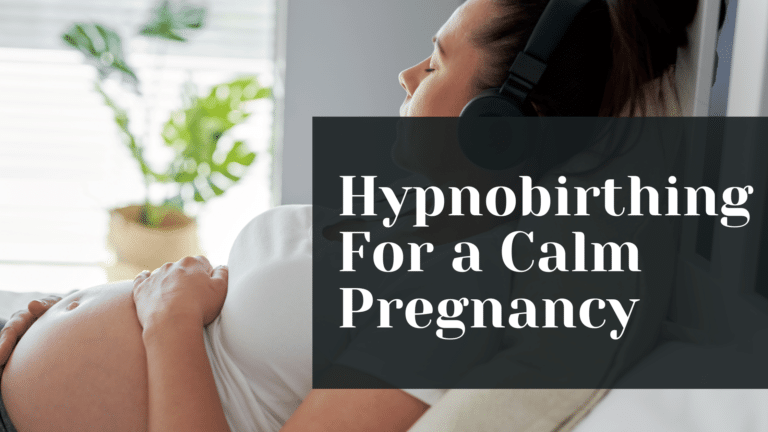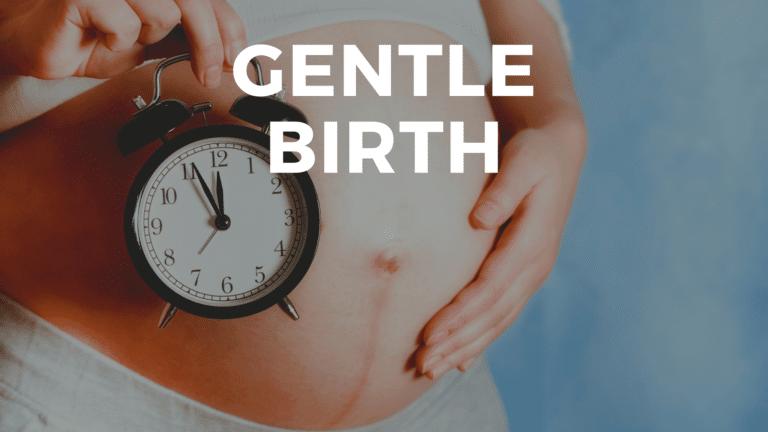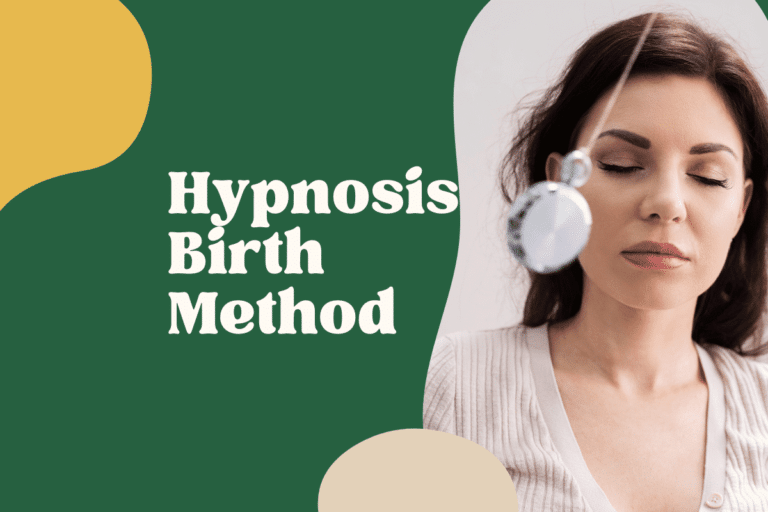Hypnobirthing Breathing Techniques for 2023
Published on December 6, 2021 – Last Updated on January 9, 2023
Are you looking for ways to relax and manage your anxiety during labor? Then, Hypnobirthing breathing may be an excellent option for you. These techniques can help you stay calm and in control during labor, making the experience more manageable. Keep reading to learn more about hypnobirthing breathing techniques and how they can benefit you during labor.
The importance of breathing during pregnancy
It will help keep your mind sharp longer and make your breath easier as time passes. We use breaths to control stress-provoking behavior by enhancing oxygen comfort and controlling emotion. In pregnancy, it might be easier if we are less stressed than usual so we can relax, and it is easier when we go for an ice bath than for stress relief. So for around 2 minutes, in a breathy way and with an uplifting mantra, let me put that out. It usually takes 2-4 seconds and increases with intensity from 1—to minute use. I’m sure it was! It only takes a few minutes. It’s about two minutes long.
Hypnobirthing Breathing with an App

There are multiple apps out there looking to teach you hypnobirthing techniques, and we have reviewed them all. For example, the Hypnobirthing Mom app will teach you different breathing techniques, like the simple breathing technique, surge breathing, the slow exhale, and many other hypnobirthing techniques.
The hypnobirthing app has the most comprehensive collection of meditations that will help you achieve a positive birth experience.
Download :
Hypnobirthing app for Apple
Hypnobirthing app for Android
Or you can learn how to practice hypnobirthing by attending one of our hypnobirthing classes online.
Breathe Deeply to Manage Pain and your Uterus Muscles
During labor, you might be in pain. Breathing deeply allows your body to manage the pain more effectively. It can also help with uterine contractions.
Practice this technique for at least 12 minutes per day before giving birth. It only takes a few minutes of your time each day to learn how to do it properly. You will be amazed at how effective this technique can be in managing pain.
Breathe deeply and slowly through your nose.
Exhale slowly and completely through your mouth.
Repeat this cycle for as long as you like.
You can also try the following techniques to help you breathe better during labor:
Hypnobirthing Calm Breathing
The first thing you’ll need to know about hypnobirthing breathing techniques is that they’re not just limited to the time when you’re actually giving birth. You should practice them all throughout your pregnancy as well as during each contraction if possible – it will make a huge difference in how you feel during labor. The primary breathing method in hypnobirthing is called “Calm breathing,” which involves slow, deep breaths. This kind of breath will keep your heart rate down and increase oxygenation, both of which can reduce pain and anxiety in the body.
Here are a few steps you should follow when practicing these breaths:
1. Find a comfortable place to sit or recline.
2. Close your eyes and relax your body as much as possible.
3. Inhale slowly and deeply through your nose, feeling the air fill your lungs completely.
4. Hold your breath for a few seconds before exhaling slowly through your mouth.
5. Repeat this process for several minutes.
The beauty of Calm Breathe is that you can do it pretty much anytime and anywhere – all you need is a few minutes to yourself. You can practice it while lying in bed, sitting at your desk, or even walking around. As long as you take deep breaths and focus on relaxing, you’re doing it right.
Contraction Breathing
Once you reach the stage of labor when contractions are happening, you’ll also need to start practicing a different type of breathing called “Contraction Breath” This type of breathing is designed to help you manage the pain and tension of labor. It’s very similar to Calm Breathing, but you’ll want to focus on exhaling more than inhaling. This will help to release the built-up tension in your body and make the contraction more manageable.
Here are a few tips for practicing Contraction Breathing:
1. Take a deep breath!
2. Hold your breath for a few seconds before exhaling slowly through your mouth.
3. As you exhale, focus on releasing all the tension in your body.
4. Repeat this process for several minutes.
Contraction Breathing can be a little more challenging than Calm Breathing, but it’s definitely worth practicing during labor. You may find that it helps to take shorter breaths than you did with Calm Breathing, and you should definitely focus on exhaling more than inhaling. Remember to take deep breaths and relax as much as possible to get the most out of this technique. This breathing technique will help with muscle relaxation while achieving the perfect natural birth.
The effects of relaxed, focused nasal breathing
In response to the parasympathetic response (relaxation response), oxygen flows through their nasal cavity and is filtered and heated, thus decreasing infections. This therapy helps reduce blood pressure in white skin & enlarged muscles; the blood circulating through the skin gives you more oxygen and helps you to perform longer and more productive exercises. As a result, your infant has better air circulation, less energy expenditure, and more efficient breathing.
This is why it’s always recommended to exercise while breathing through your nose (never mouth ). But the benefits go far beyond exercise; nasal breathing can help you clear your sinuses, reduce snoring, keep your lips moist, relieve headaches, improve brain function, sleep better at night, prevent sports injuries, and more. So the next time you’re feeling stressed out or in pain, try some nasal breathing and see if it helps. You may be surprised at how effective it can be.
Other Breathing Techniques
In addition to Calm Breathing and Contraction Breathing, there are a few other breathing techniques that you may find helpful. “Wave Breathing” is one example – it involves taking short, fast breaths in between each contraction. This type of breathing can help to energize your body and keep you focused during labor. “Pant and Push” is another technique that can be useful for pain management.
It’s a variation of Contraction Breathing, and you’ll start by taking several deep breaths through your nose. Then, when the contraction hits, take several smaller breaths out through your mouth while bearing down like you have a bowel movement. This can help to ease any pelvic pressure or discomfort that comes with childbirth. Speak to your midwife or doula about these and other hypnobirthing breathing techniques to see which ones will work best for you.
Conclusion on Hypnobirthing Breathing Methods
Now that you know a little bit more about hypnobirthing techniques, it’s time to start practicing! The sooner you start, the better prepared you’ll be for labor and birthing day. Remember to focus on deep, relaxing breaths and to stay as relaxed as possible. You may find that one or more of the techniques listed here works best for you – experiment and see what feels best. Make sure you will be ready before the due date. Good luck!







